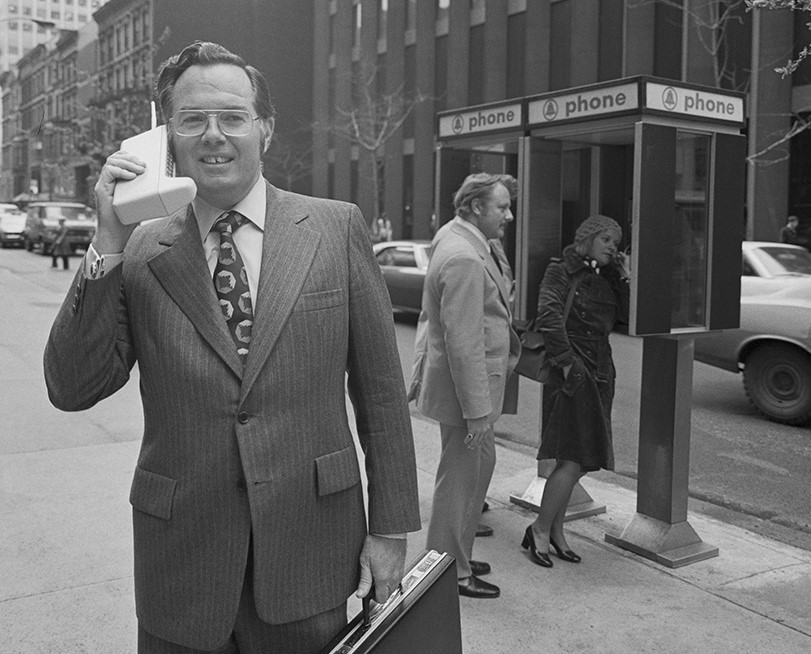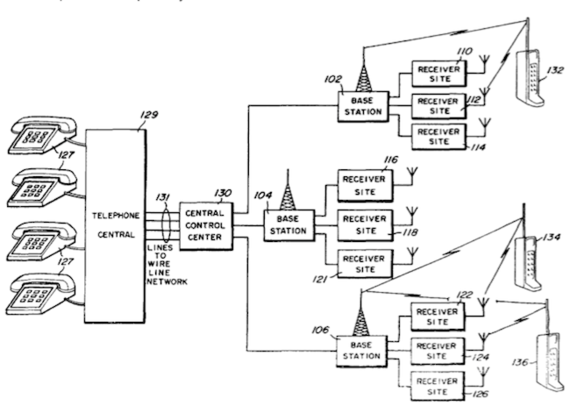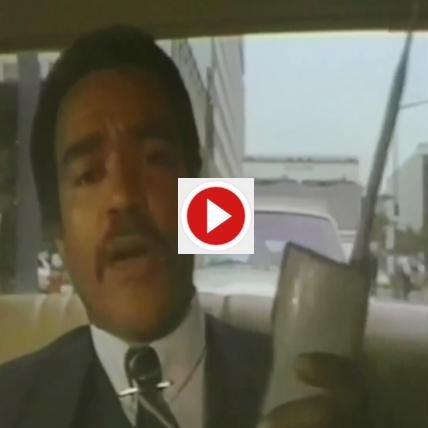Motorola's credibility increased cell phone sales. As a Motorolan said, “You look under 'radio' or 'communications service' in the Yellow Pages in any town and you’ll see Motorola, E.F. Johnson, and many, many Japanese names now. But if you’re looking for a pure network of servicing, there isn’t anything else like [Motorola] in our industry” (Brown, 1992).
Along with creating the cell phone, Motorola expanded cellular coverage across the US to be built on by future cellular technology. In an interview with a DynaTAC 8000x designer, Rudy Krollop, he stated that the “idea for a cell phone had been around for a while,” and was created because the “FCC was getting ready to allocate a new bandwidth,” and they knew that “if we didn’t do something then it would go straight to the [car]phone companies” (Popular Science, 2003). Cooper also disliked the carphone companies because “For a hundred years, we have been trapped in our homes, leashed to our desk by this copper wire, now was the time to set us free, and trapping us in our cars was not an improvement” (Martin Cooper, qtd. in Taylor, 2013). Motorola would not be stopped by this barrier, so they broke it.



